
Deserts Dry with Microhabitats


Desert Outcomes
-
Describe the climate and soils of desert ecosystems, including the significance of microhabitats.
-
Provide examples of succulent plants, including where they store water and the leaf modifications of cacti species.
-
List characteristics of reptile species.

At which latitude (north and south) would you expect to find deserts?
Besides latitude, what else can cause a desert to form?
The Sahara Desert is an example of an “arid” dry desert. Many deserts are “semi-arid” with a bit more moisture.

North America has four major deserts that are primarily semi-arid. The further north Great Basin desert is the coldest, the furthest west Mojave Desert has winter precipitation (like the Willamette valley), and the furthest east Chihuahuan Desert has summer rain. The Sonoroan Desert in-between has small amounts of precipitation in both summer and winter.



Rain is infrequent, and the lack of atmospheric moisture leads to extreme swings between daytime and nighttime temperatures.
High winds move the minimal topsoil, creating unstable conditions for organisms.

The seeds that produced these desert plants landed in just the right place to germinate.

Think about what this plant has: shade from the sun, protection from the winds, dew that condenses on the rocks.
This is a microhabitat, a location within a larger ecosystem that has specific conditions.
Within a microhabitat, organisms are often in a more specific niche where they actually live.
As an analogy, your town may be the ecosystem, you may spend a lot of time in the “microhabitat” of your home, but your niche may be a favorite chair in a room.

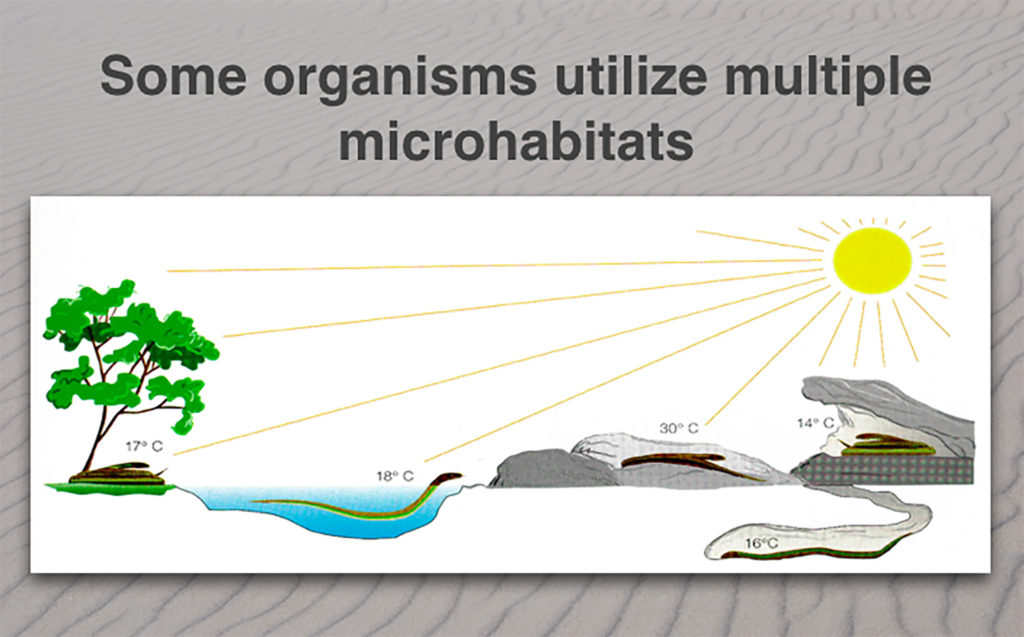
Organisms that can move may move to different microhabitats, like a cave in a desert, or underground.

On of the most beloved of desert organisms is the meerkat of the Kalahari Desert, made famous by the movie and series “Meerkat Manor.”
If you haven’t seen it (be warned), many of the animals die in the harsh desert environment.
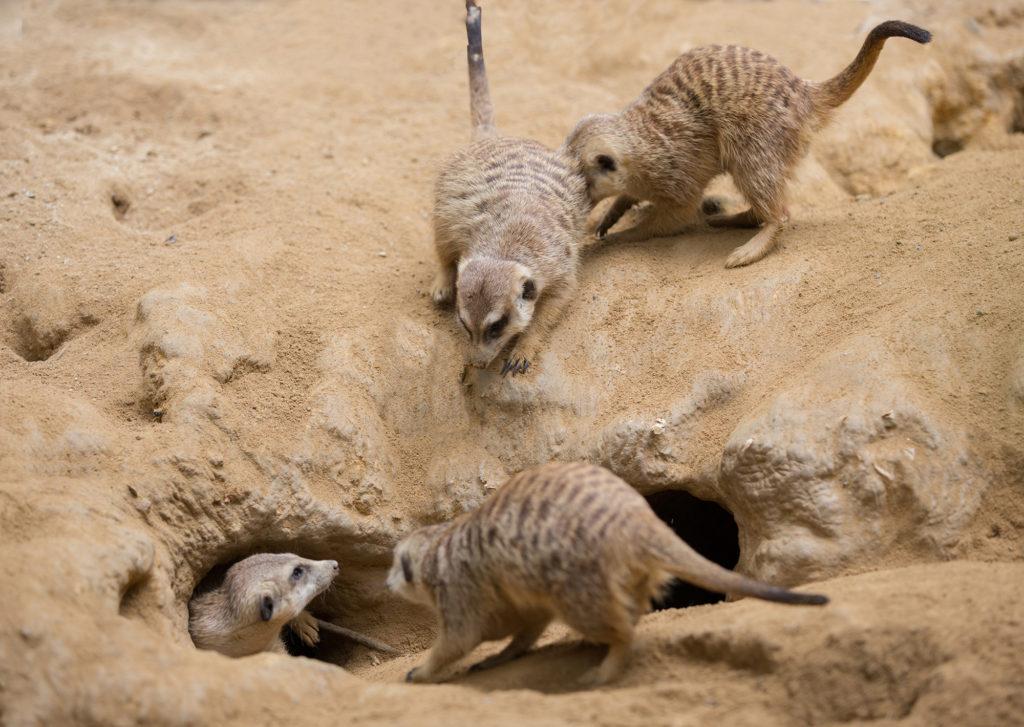
Meerkats are highly social and often live in underground burrows, or microhabitats, for protection. They also store food and raise their young in these shelters.
This looks cute, but these exposed meerkats are huddling together for warmth in an unexpected rain shower.
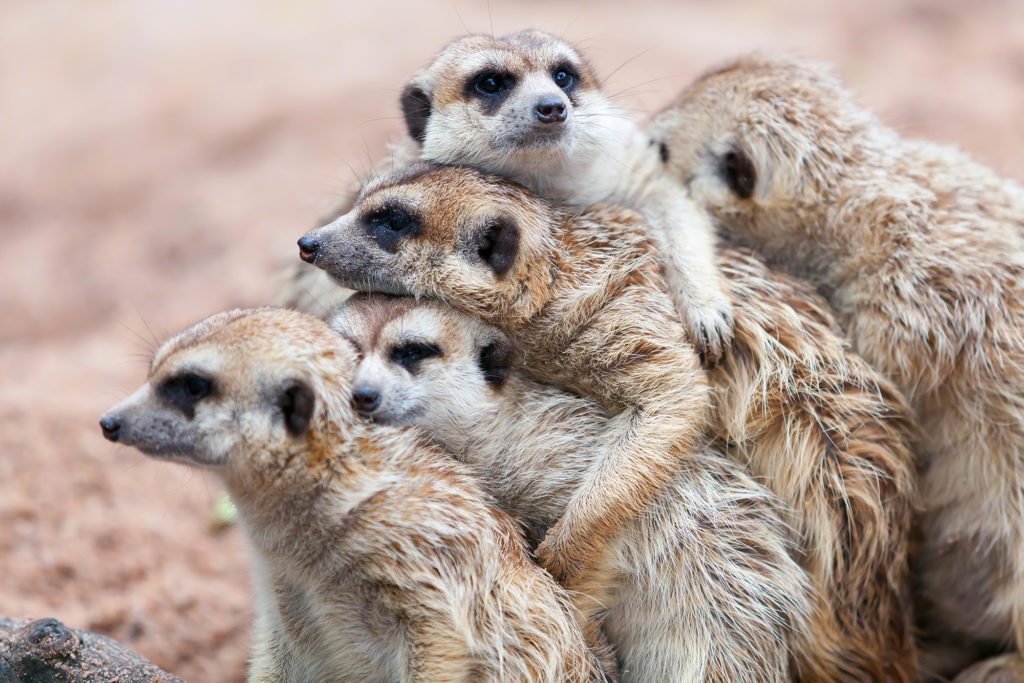
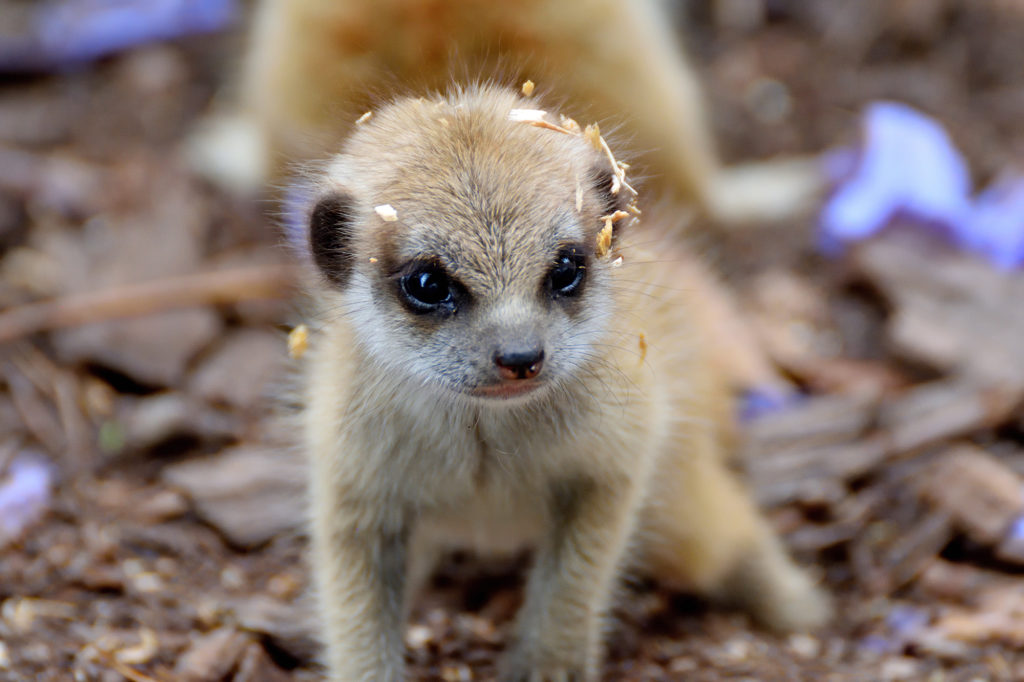
Survival of young meerkats is dependent on food and shelter.
The photo on the right is taken at a zoo where nutrition and climate are carefully controlled, resulting in a successful, but small-scale, breeding program.
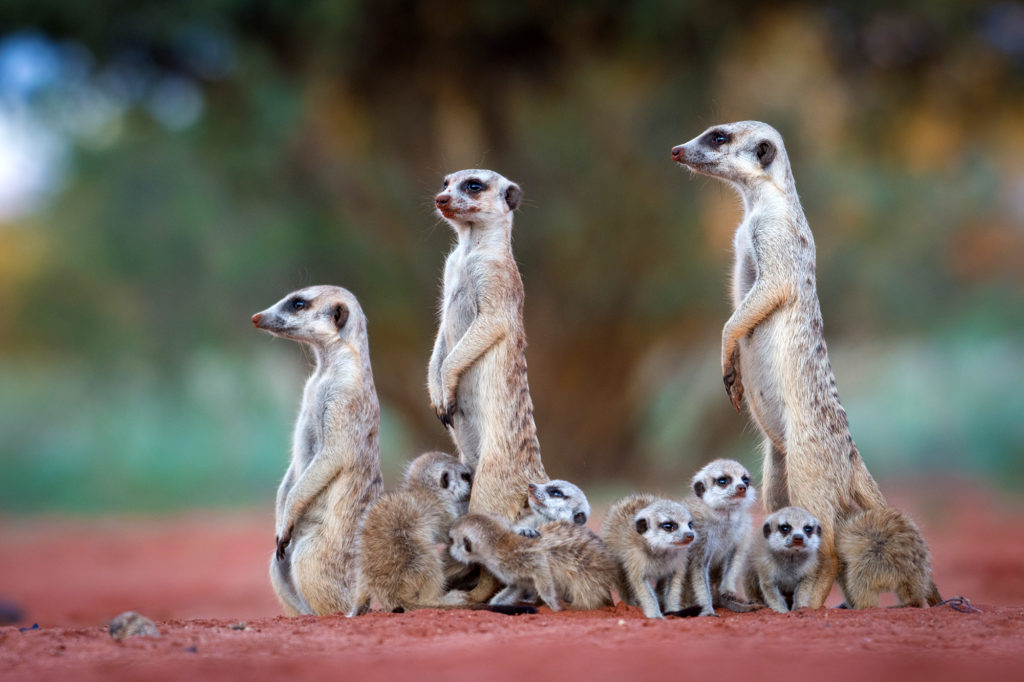
Succulents
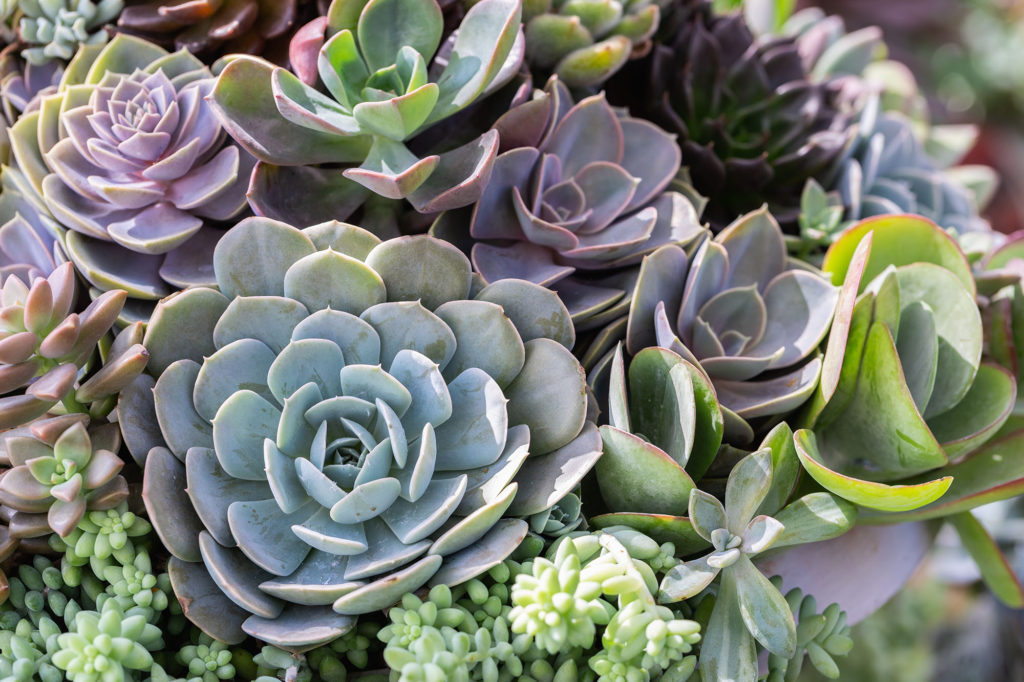
Succulent plants store water in their leaves, stems, and/or roots, enabling them to survive in dry habitats.
Aloe vera is a succulent that stores moisture in its leaves. The fluid also contains chemicals used in cosmetics and to treat minor skin irritation.
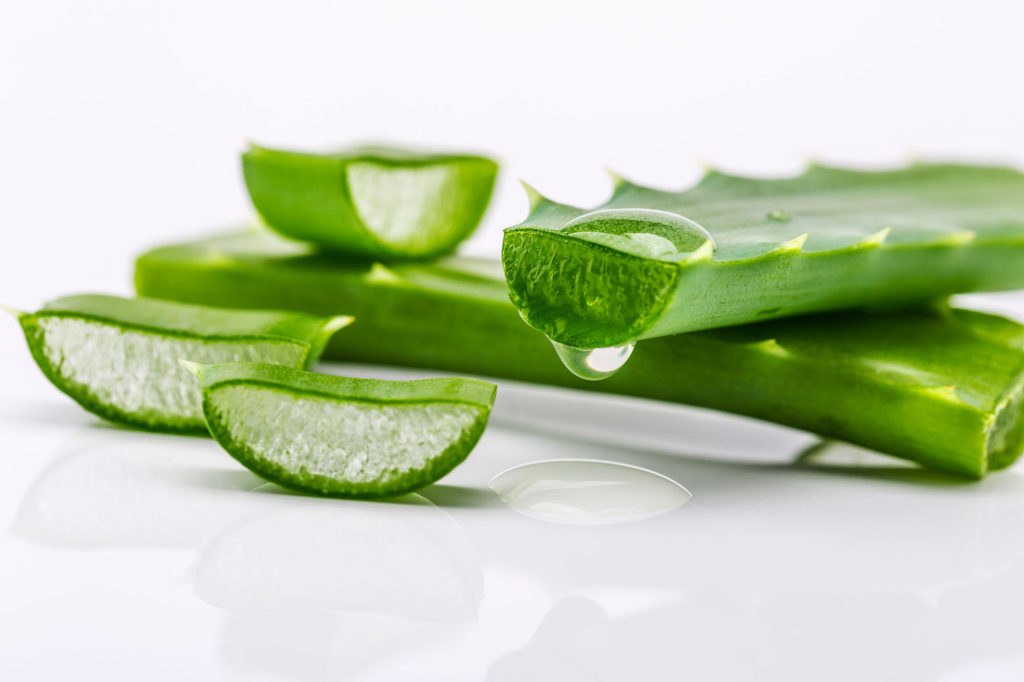
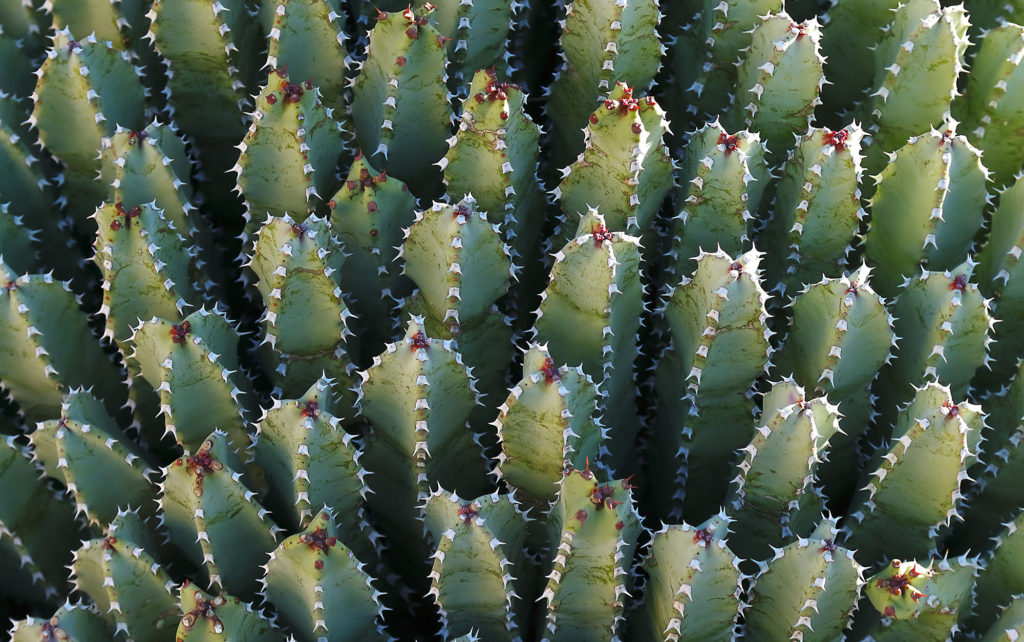
These Euphorbia, also called “spurge,” store water in stems. The leaves are modified into thorns and a toxic sap that repel potential herbivores.
From what you learned about microhabitats on the Deserts page, why may this euphorbia seed have germinated into a plant (hint: think characteristics of its niche).
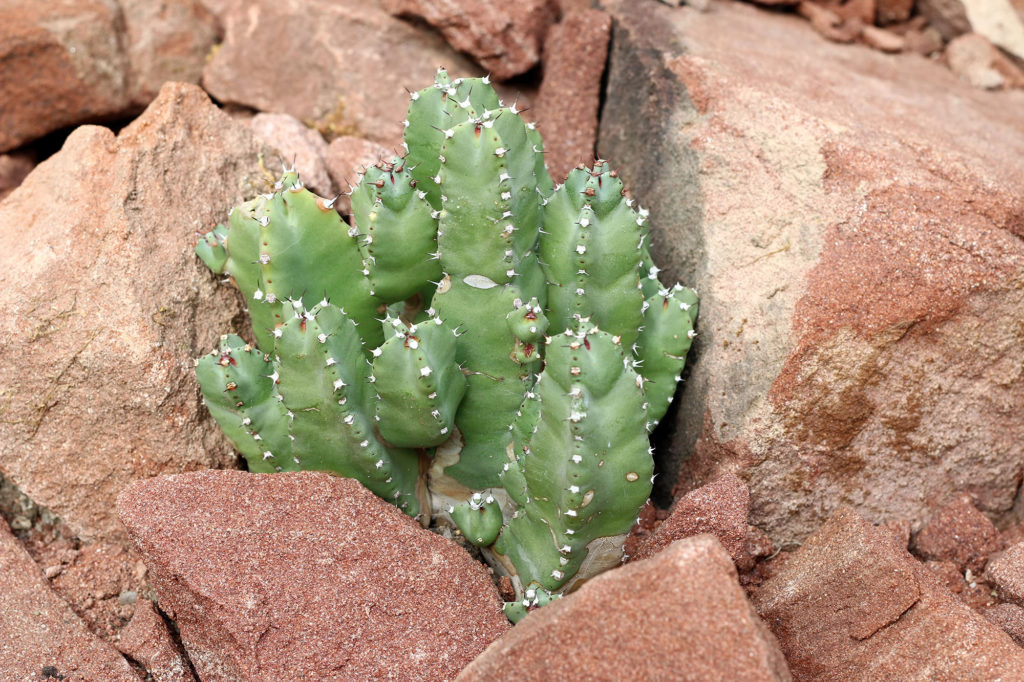
Succulents are often exposed to bright light, high winds, and extreme temperatures. In addition to “cushion” rounded shapes that reduce exposed surface area, some other structural adaptations can be observed.
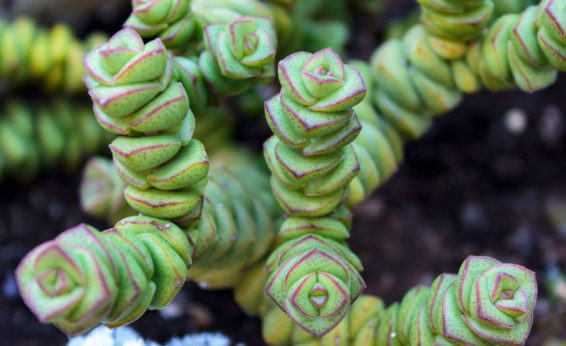
Stacked leaves reduce exposure to elements.
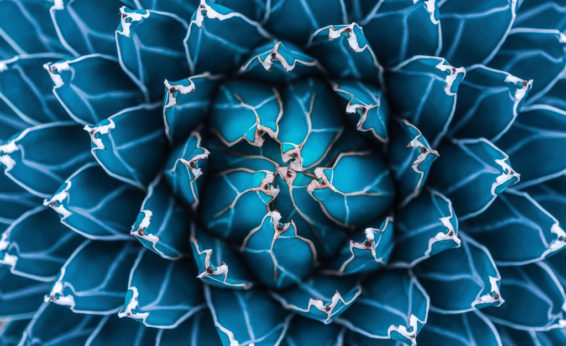
Rosettes can funnel any available moisture to roots.
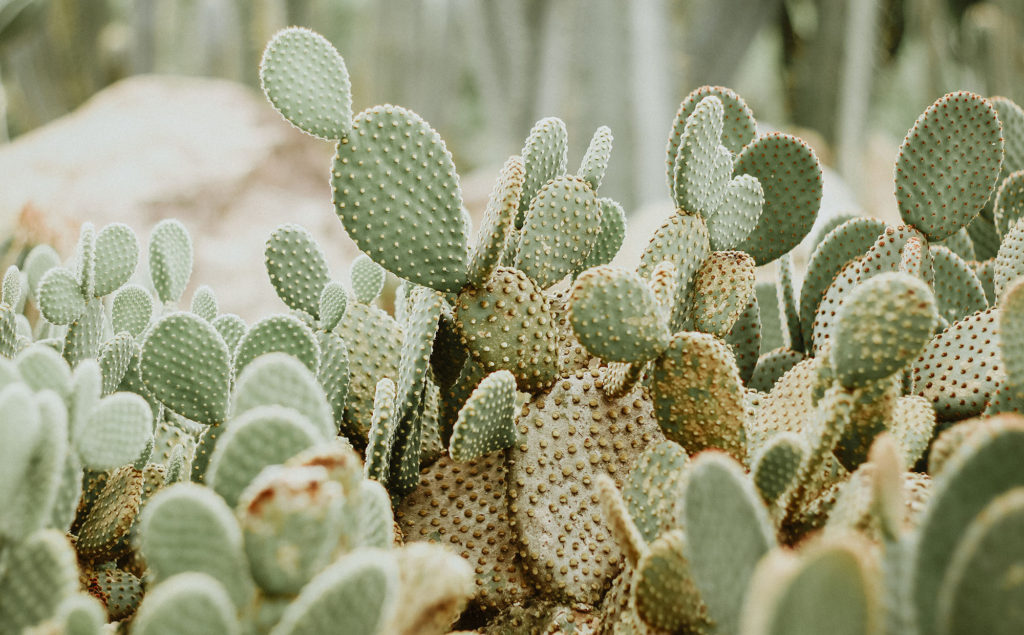
Cacti are over 1500 species of succulents that share ancestry and structural characteristics.
Most cacti have spines that are highly modified leaves. They grow out of a small padded area (white in the photo) that also sprouts flower buds.
Water is stored in the stem, the primary part of the cactus we see.
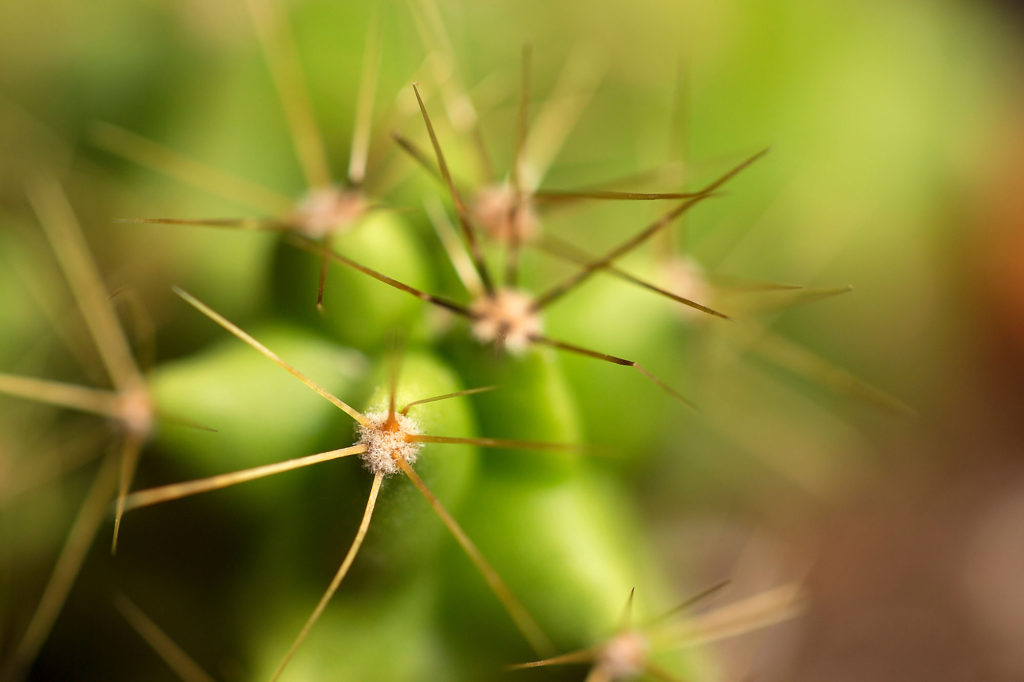
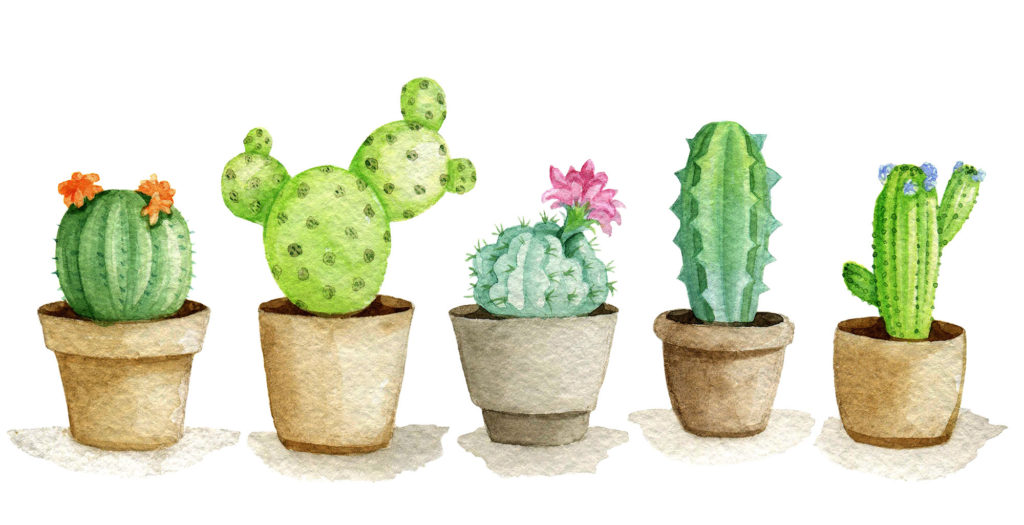
Where is photosynthesis occurring in a cactus?
Why are the spines important to the cactus?
answers:
stem, repel herbivores
Reptiles
This video provide a brief overview of reptiles. Many of the basics may be familiar from your past experiences.
This video provides additional details on reptiles.
Pogona, also called “Bearded dragons” are eight Australian lizard species named after neck tissue that can swell and change color in some species. Bearded dragons are easier to keep in captivity than many other reptiles, although a microclimate (temperature and moisture) needs to be continually maintained.
Juvenile bearded dragons can eat insects three times a day, transitioning to a more herbivorous diet with age. These are being raised by a local breeder who handles each one daily.
As they age, bearded dragons set up a complex hierarchy and maintain it with aggressive postures and sounds. This pet is a commitment; they can live 10+ years and proper diet can be expensive.
The next section discusses resources and principles of sustainability.

Desert Outcomes
-
Describe the climate and soils of desert ecosystems, including the significance of microhabitats.
-
Provide examples of succulent plants, including where they store water and the leaf modifications of cacti species.
-
List characteristics of reptile species.



